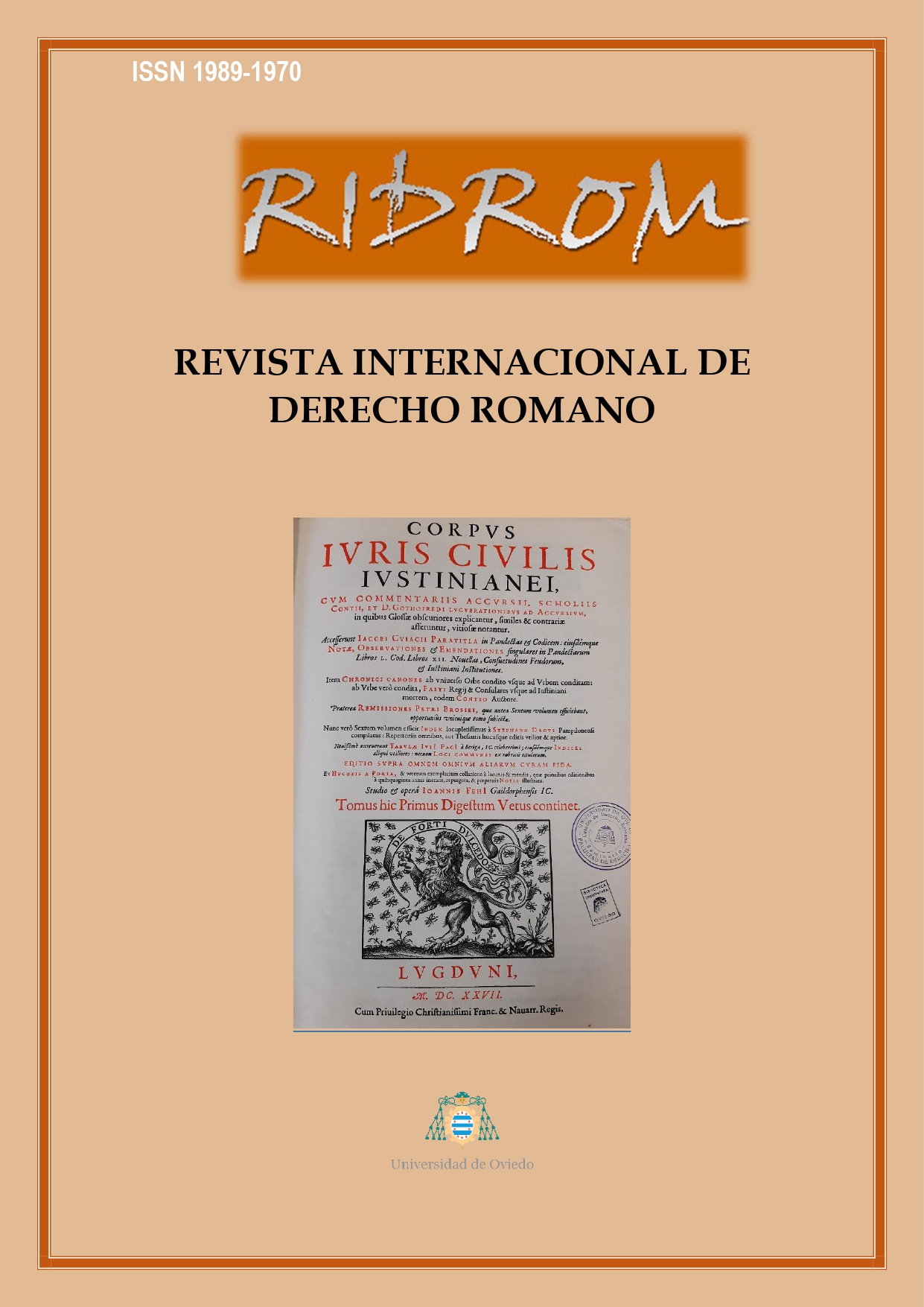Abstract
The Roman citizen publicly displayed his status by proudly proclaiming a name and some outward signs that would identify and distinguish him from all others. The question which arises is whether these outward signs could be changed voluntarily, like the marks or stigmata on the skin, the origins of slavery, or the tria nomina which were given to Roman male citizens. Laws such as the natalibus restituendis and the ius aureorum anulorum enabled emperors to “erase” the shameful past of slavery. Even Diocletian and Maximian allowed the change of name, which constituted something unheard-of in a Late Roman Empire increasingly more authoritarian and resistent to change..Downloads
Download data is not yet available.

